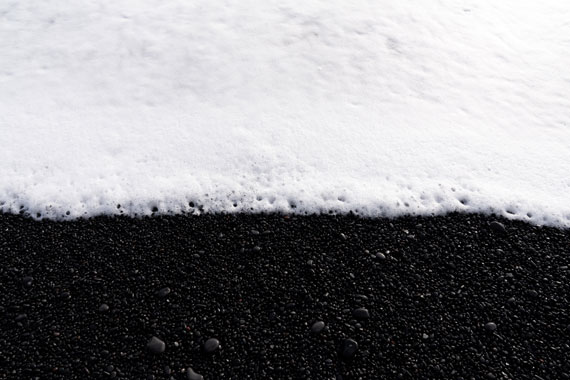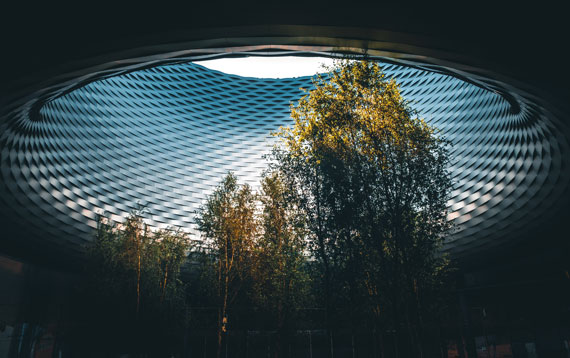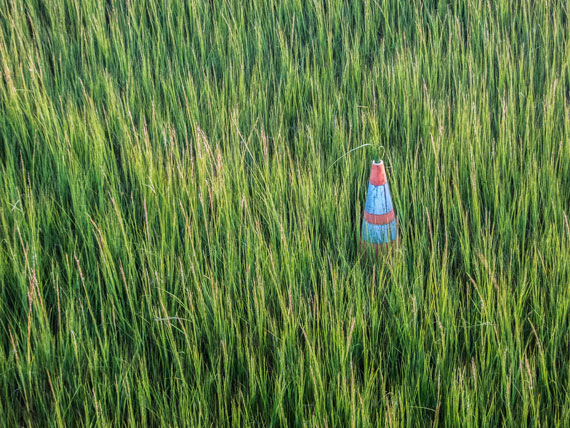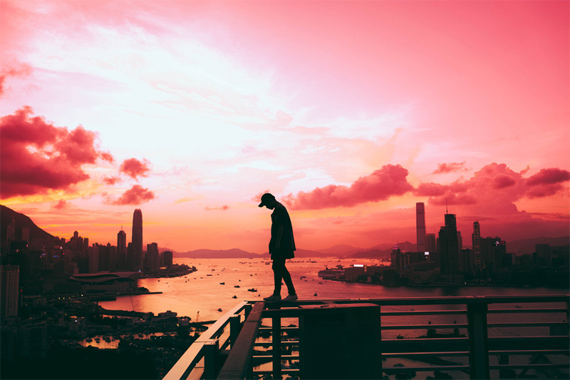Juxtaposition is a term often thrown around in the artistic world, but in photography, it holds a unique power. At its core, juxtaposition involves placing two or more elements in a scene in a way that they contrast each other. This contrast can evoke strong feelings, tell a story, or provide commentary about a particular subject or social issue. Let’s delve into the concept of juxtaposition in photography and see how it can elevate our photographic storytelling.

Photo captured by Jacob Vizek; f/7.1, 1/400s, ISO 400
1. What is Juxtaposition?
In the broadest sense, juxtaposition means placing two things side by side for comparison or contrast. In literature, this might be two contrasting characters or themes. In music, it might be contrasting melodies or rhythms. In photography, it refers to elements within a scene that are placed in a manner to create a certain visual impact.
2. The Power of Juxtaposition in Photography
Using juxtaposition in photography can:
- Evoke Emotion: Contrasting subjects can make viewers feel a certain way. For instance, the juxtaposition of an elderly person’s hand with that of a baby can evoke feelings of the passage of time.
- Tell a Story: A wealthy individual standing next to a homeless person can speak volumes about societal inequalities.
- Highlight Differences or Similarities: Placing a modern building next to a historical one can highlight the evolution of architecture.
3. Ways to Use Juxtaposition in Your Shots
- Size: A large object placed next to a smaller one can create a sense of scale or significance.
- Age: Old and new, decay and growth, can all create striking images when paired together.
- Color: Contrasting colors can make both elements stand out more than they would on their own.
- Texture: A rough texture next to a smooth one can add depth to an image.
- Conceptual Juxtaposition: This isn’t about tangible contrasts but conceptual ones. For example, a picture of a lion in a city environment creates a conceptual juxtaposition.

Photo captured by Serhat Beyazkaya; f/6.4, 1/140s, ISO 200
4. How to Find Juxtapositions
- Observe: As with all forms of photography, observation is key. Look around you for naturally occurring contrasts.
- Plan: Think about what message or story you want to convey and seek out or set up scenes that allow for that juxtaposition.
- Travel: Different environments, cultures, and landscapes offer a plethora of juxtaposition opportunities.
5. Tips for Capturing Striking Juxtapositions
- Frame Carefully: Composition is crucial. Ensure that the contrasting elements are evident in your shot without too much distraction.
- Focus: Decide which of the juxtaposed elements should be the focal point or if they should share the limelight equally.
- Edit Thoughtfully: Post-processing can further emphasize the juxtaposed elements. This can be through color enhancement, cropping, or adjusting brightness and contrast.

Photo captured by Kevin Jarrett; f/8.0, 1/30s, ISO 800
6. Examples of Juxtaposition in Iconic Photographs
Several renowned photographers have used juxtaposition to great effect:
- Henri Cartier-Bresson: His candid shots often contained juxtaposed elements that tell a deeper story about the subjects.
- Steve McCurry: His famous “Afghan Girl” photograph juxtaposes the subject’s piercing green eyes against her red scarf, making the image all the more haunting.
Conclusion
Juxtaposition is a powerful tool in the photographer’s arsenal. By thoughtfully placing contrasting elements within a frame, photographers can tell deeper, more nuanced stories. The world around us is filled with juxtapositions; it’s up to us to capture them and share their tales. So, the next time you’re out with your camera, try to spot these contrasting elements and see how they can transform your photographs.
For Further Training:
Storytelling is the single biggest photographic skill, that you can learn, that will make your work stand out from everyone else. This in-depth guide by Kent DuFault is 133-pages of deep training, giving you a simple and practical understanding of using storytelling to make your photographs stand out. It is still 76% off which ends soon if you want to check it out.
You’ll get 7 complete chapters of training, illustrations, case-studies and self-check quizzes. It will teach you every aspect of the storytelling process, and also, (even more importantly), how you can implement that knowledge into your photographic efforts.
Deal ending soon: Effective Storytelling with Photography at 76% Off
- - - - - - - - - - - - - - - - - - - - - - - - - - - - - - - - - - - - - - - - - - - - - - - - - - - - - - - - - - - - - - - - - - - - - - - - - -
Did you appreciate this newsletter? Please help us keep it going by Joining Our Patreon Supporters
What are your thoughts on this article? Join the discussion on our Facebook Page
PictureCorrect subscribers can also learn more today with our #1 bestseller: The Photography Tutorial eBook
- - - - - - - - - - - - - - - - - - - - - - - - - - - - - - - - - - - - - - - - - - - - - - - - - - - - - - - - - - - - - - - - - - - - - - - - - -
The post Using Juxtaposition in Photography appeared first on PictureCorrect.
from PictureCorrect https://ift.tt/dsi5qQB
via IFTTT







0 kommenttia:
Lähetä kommentti